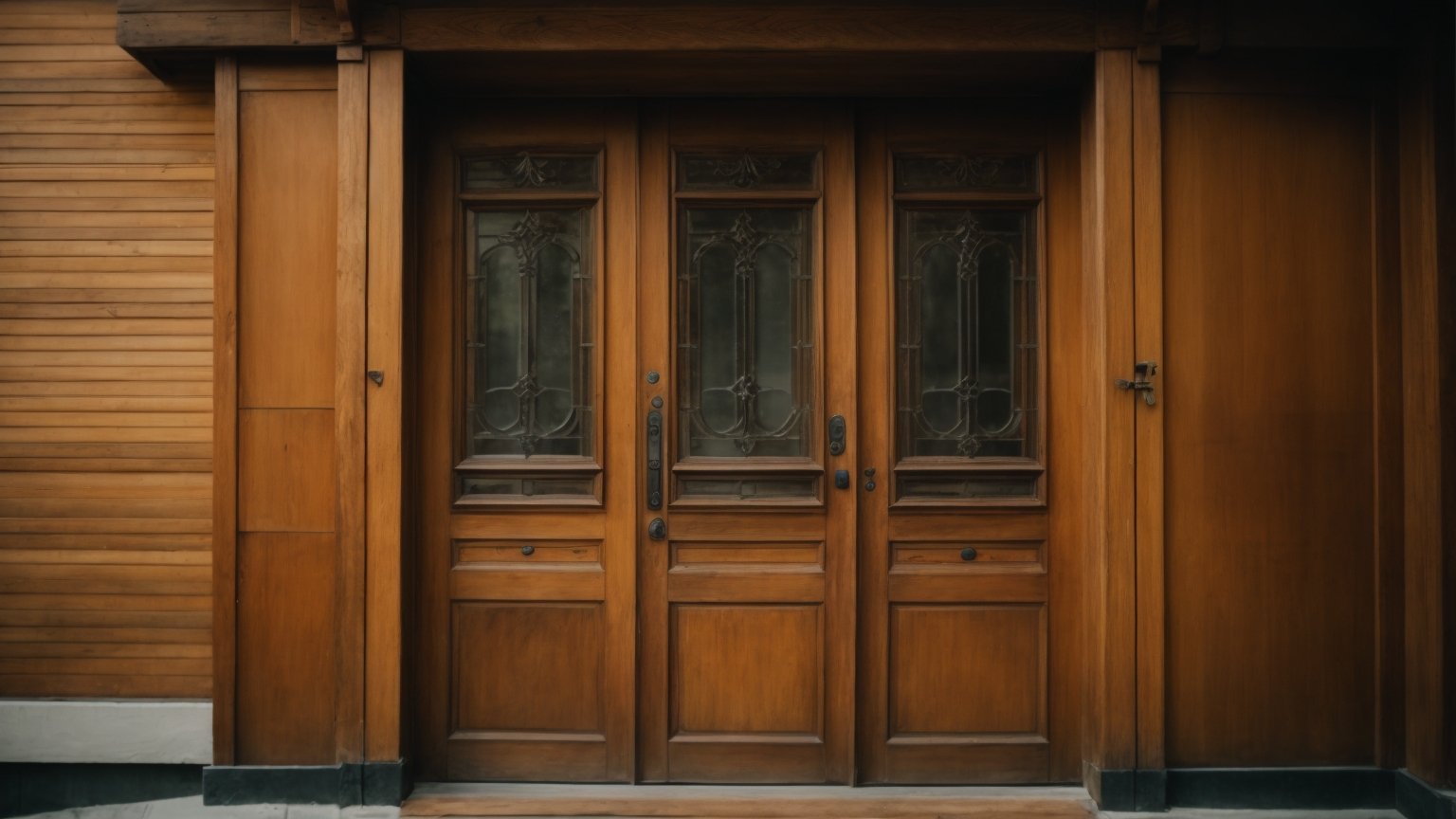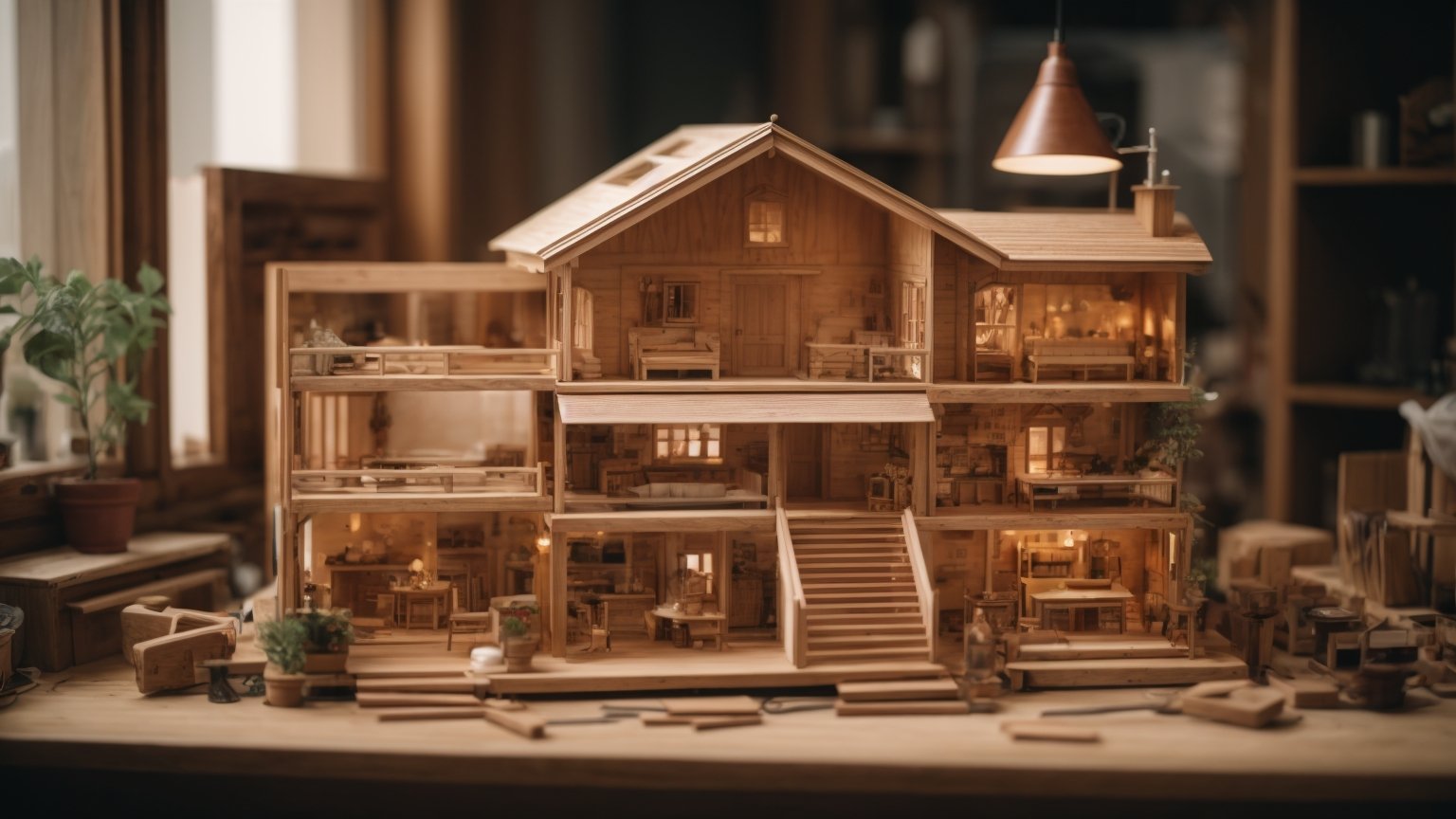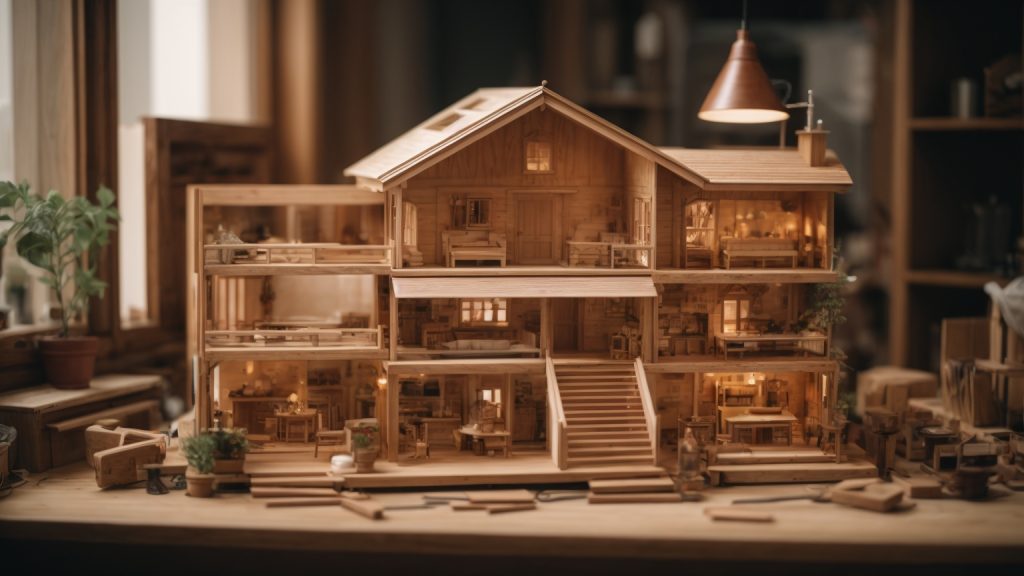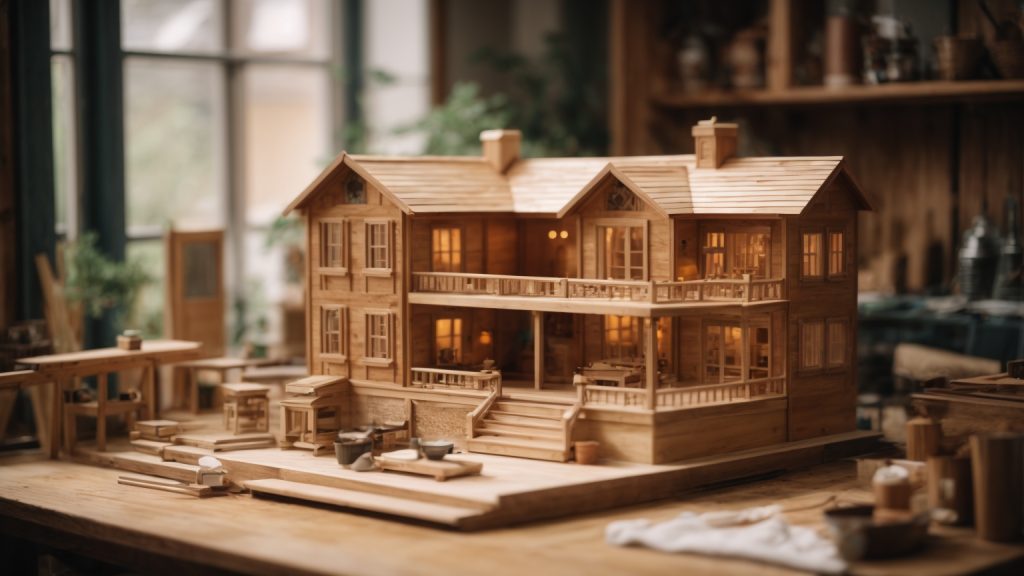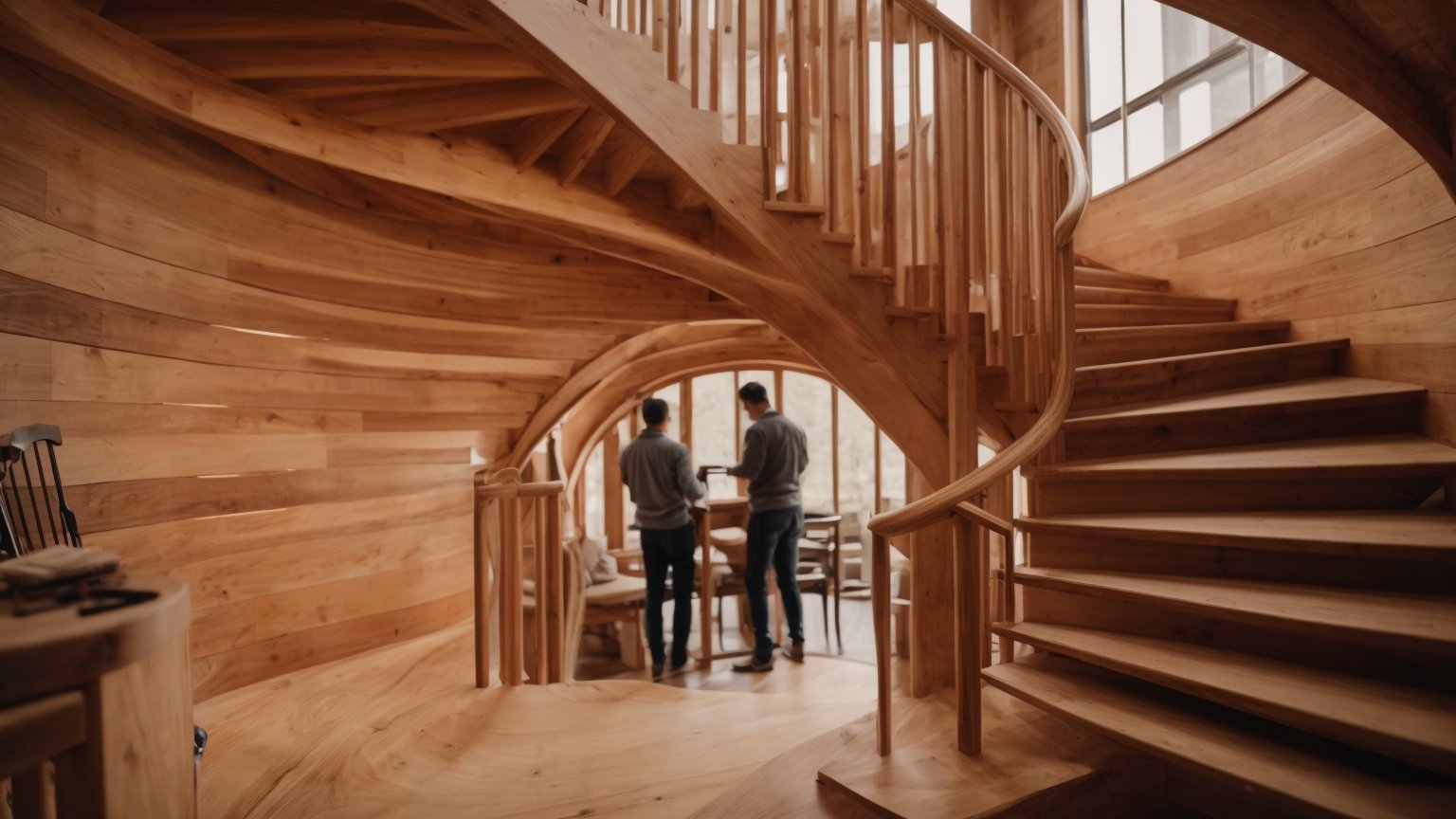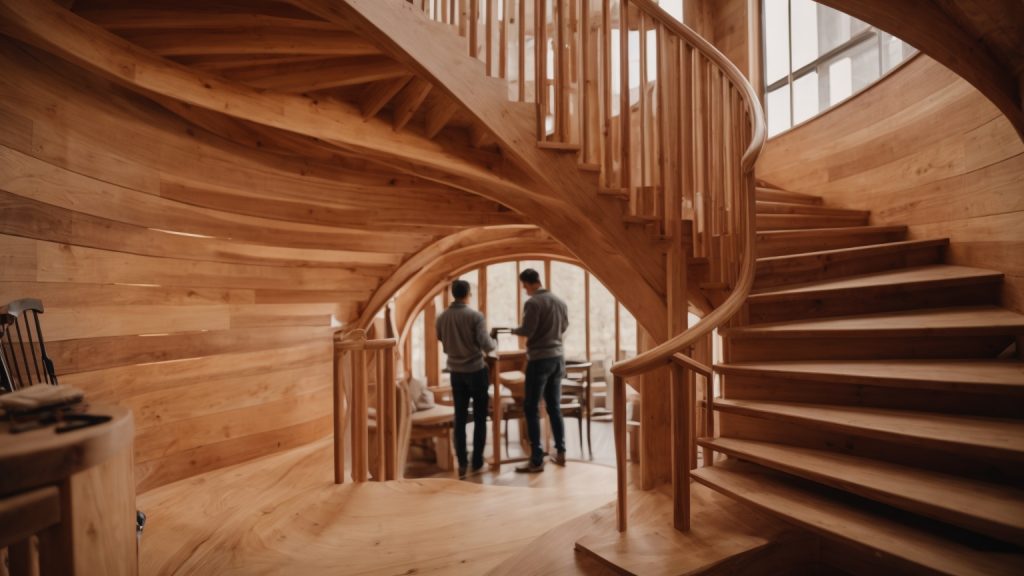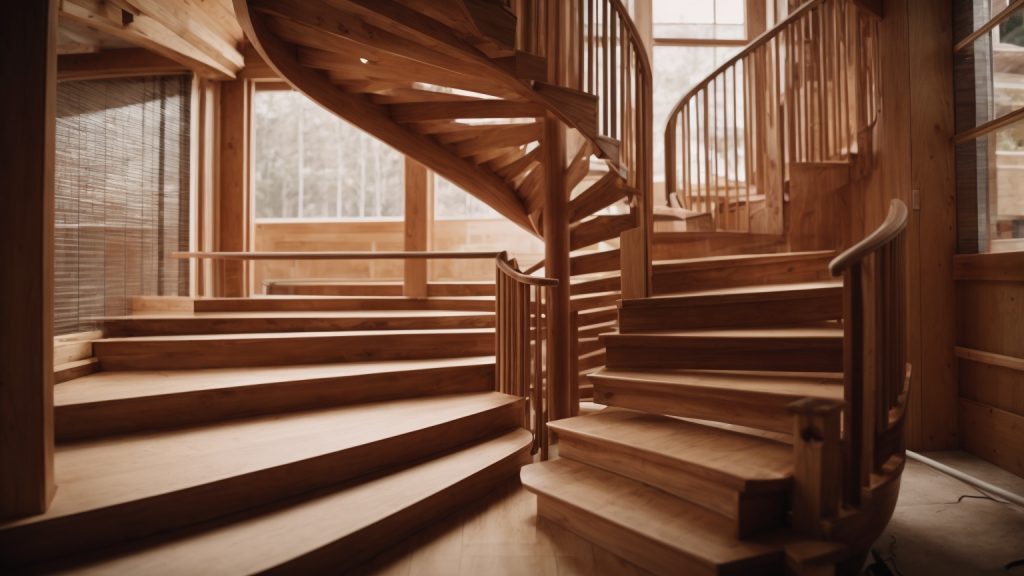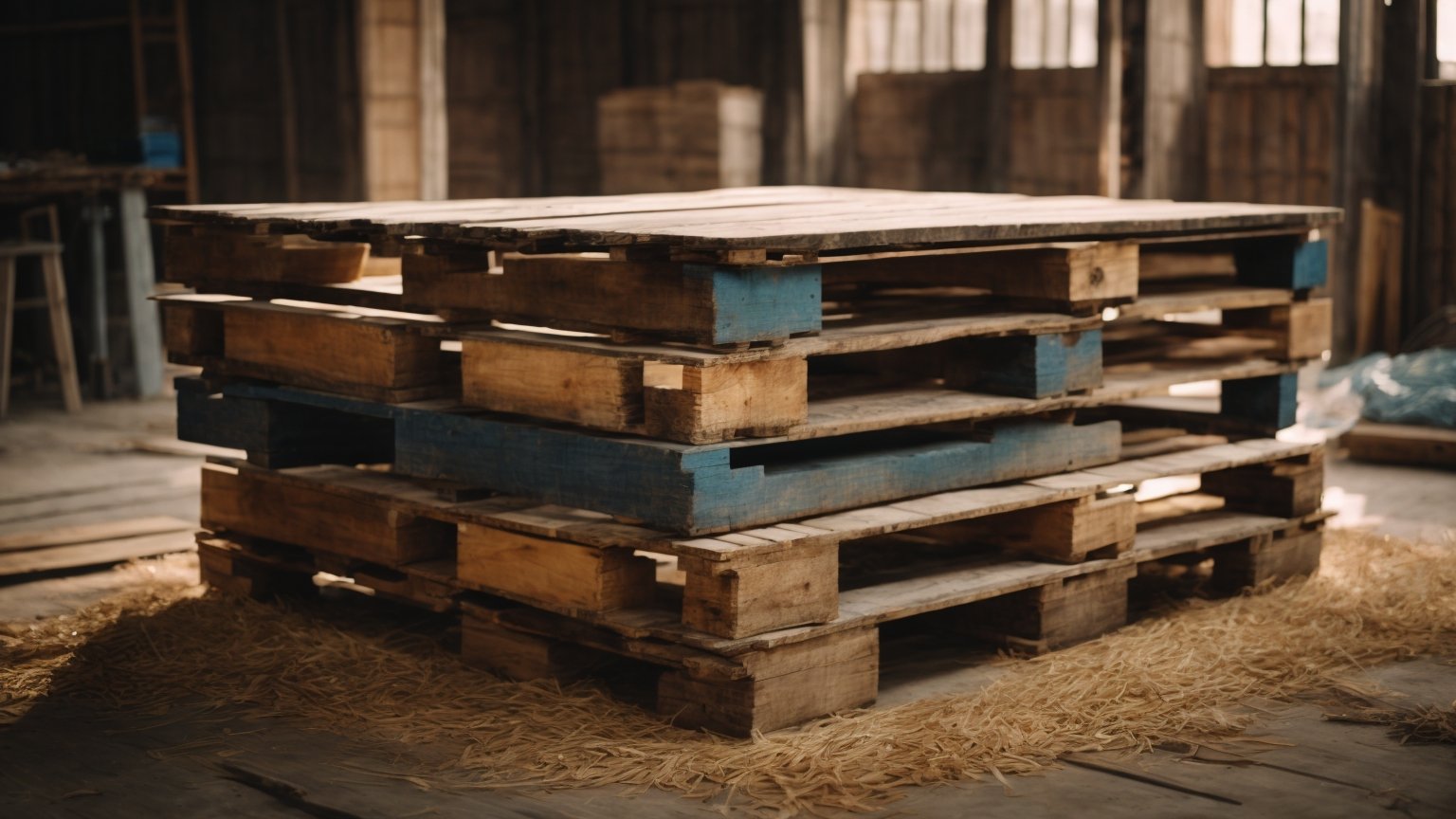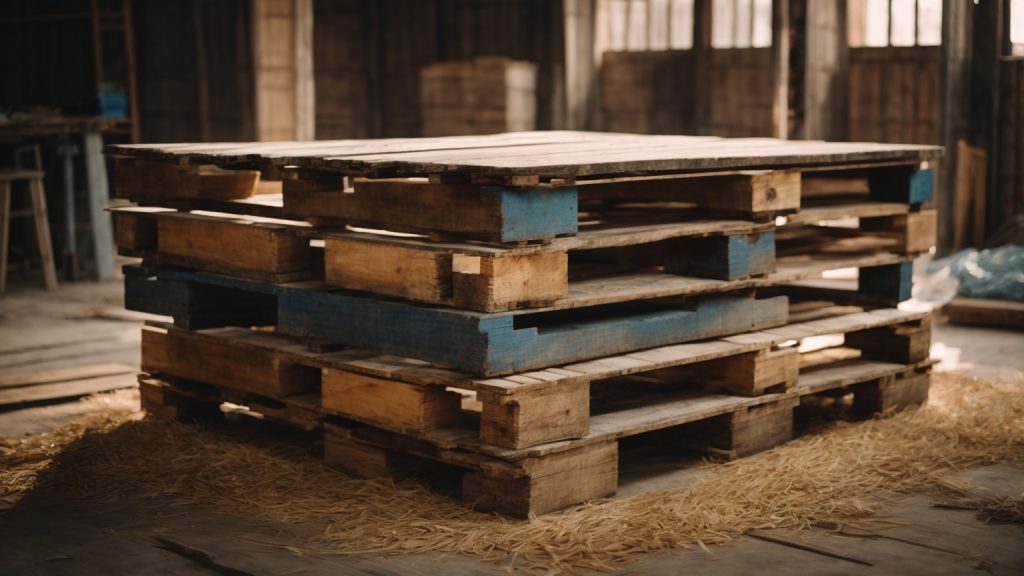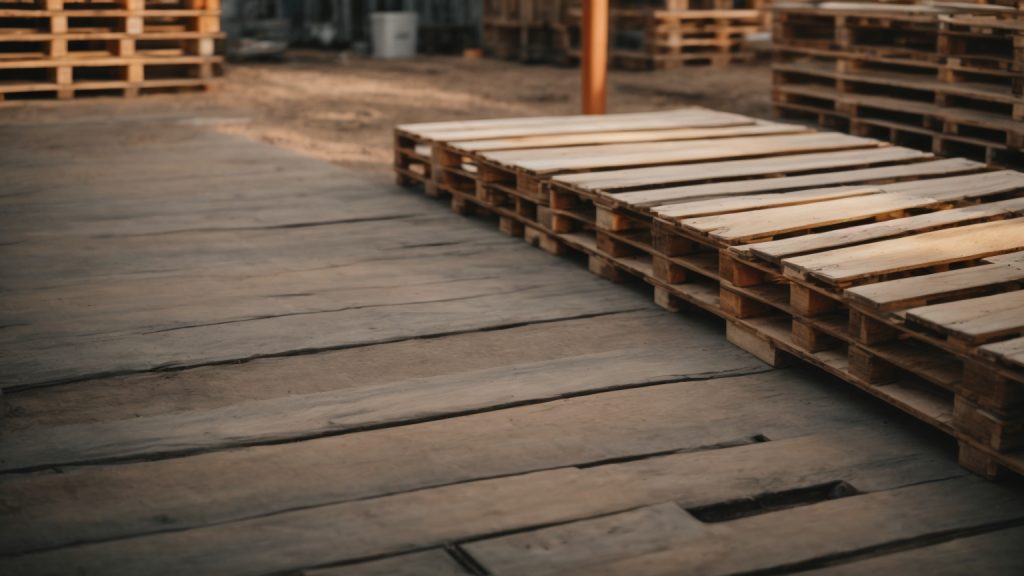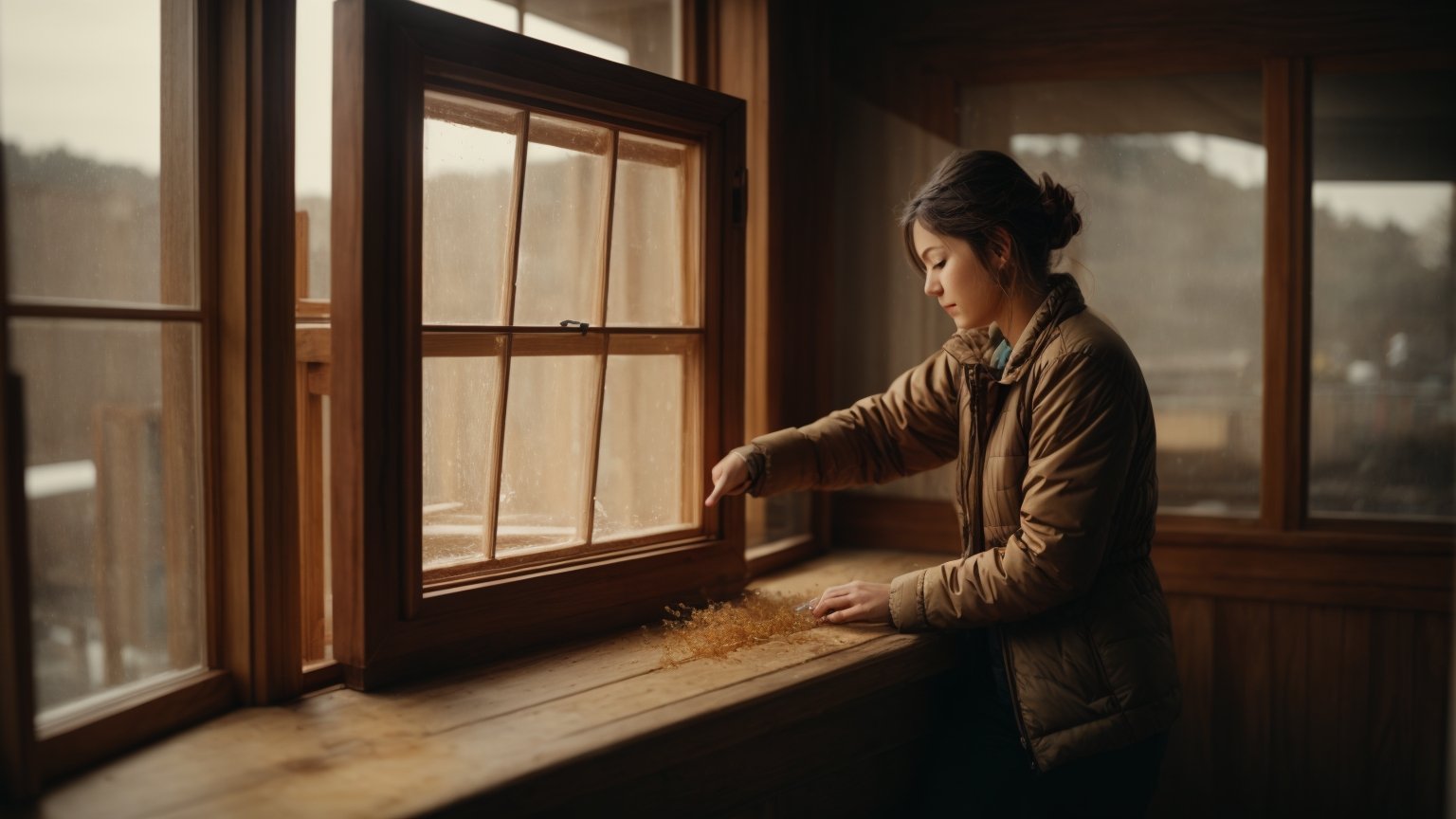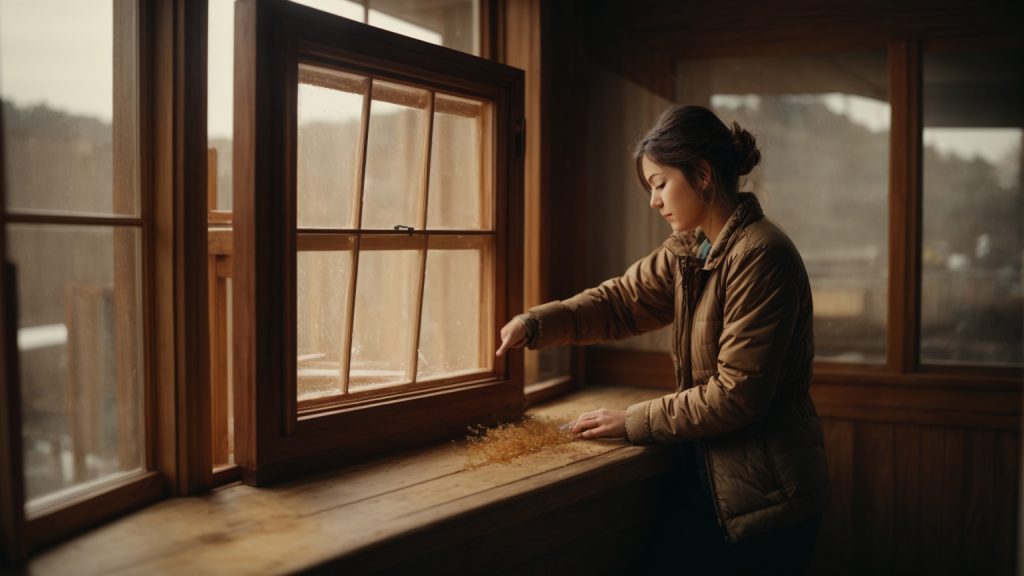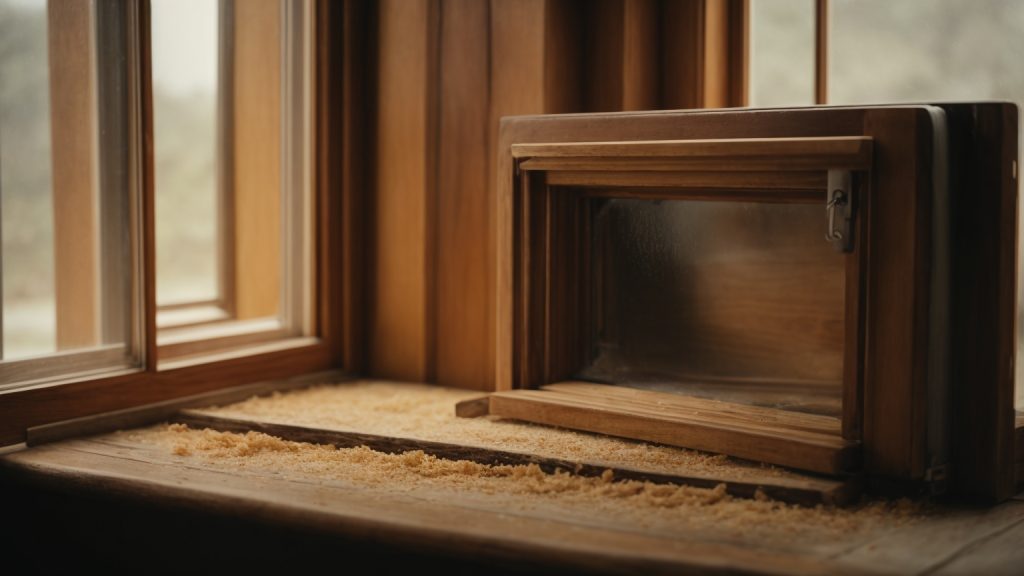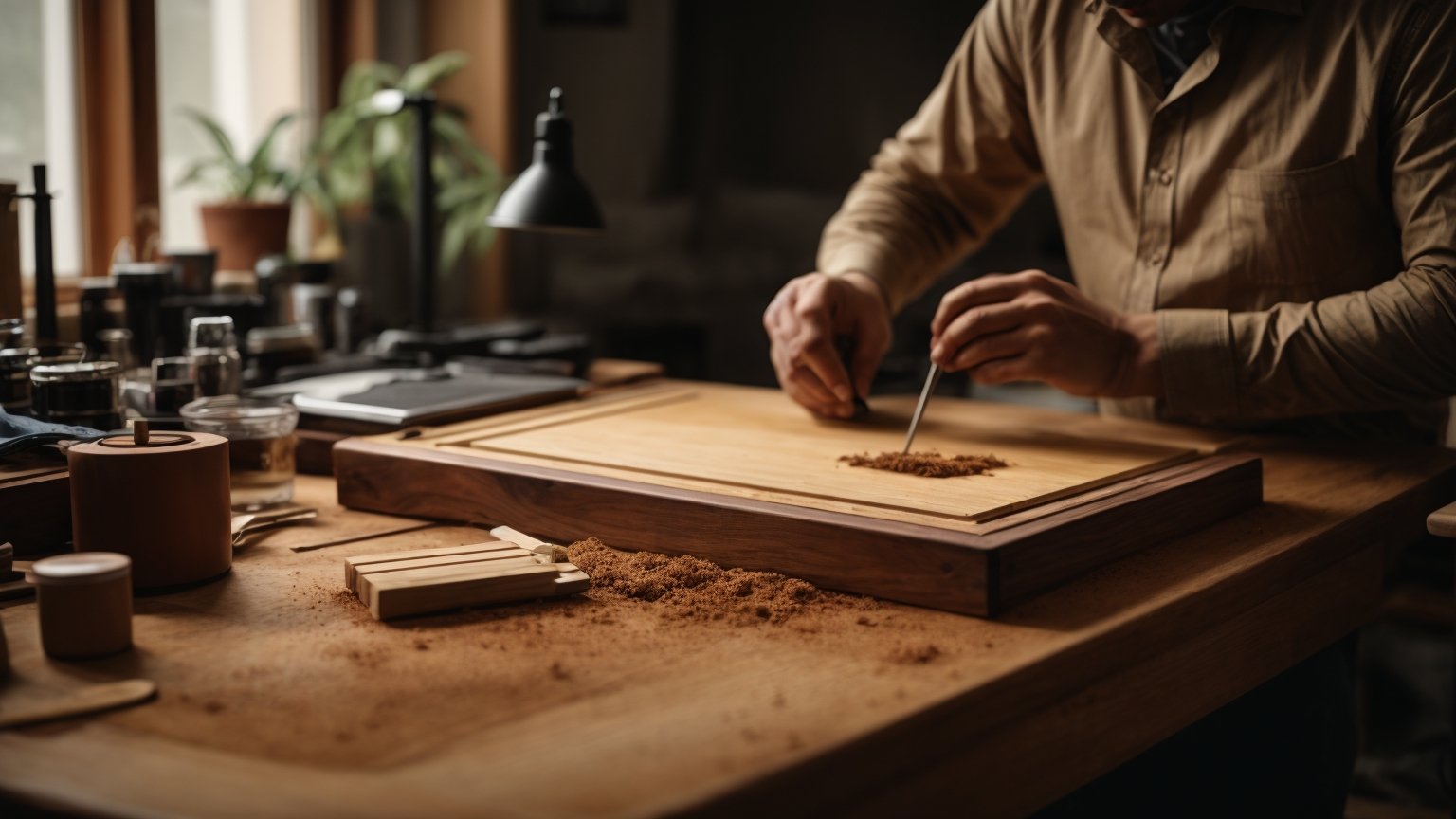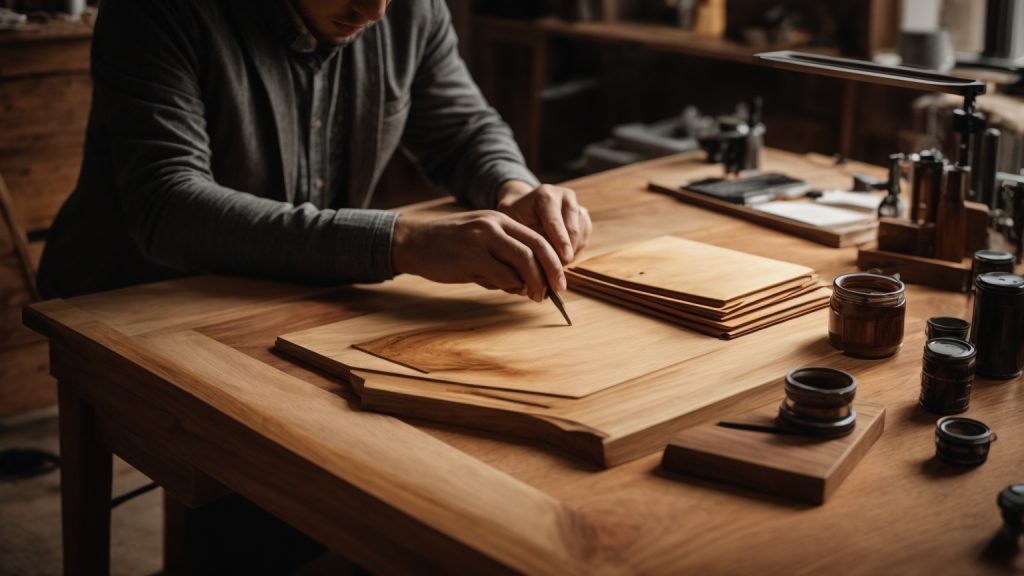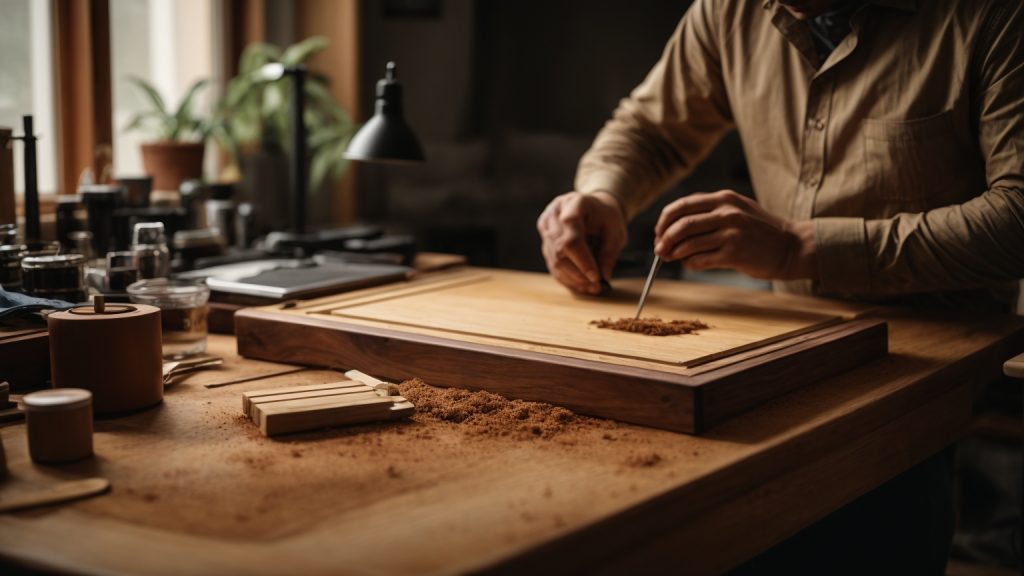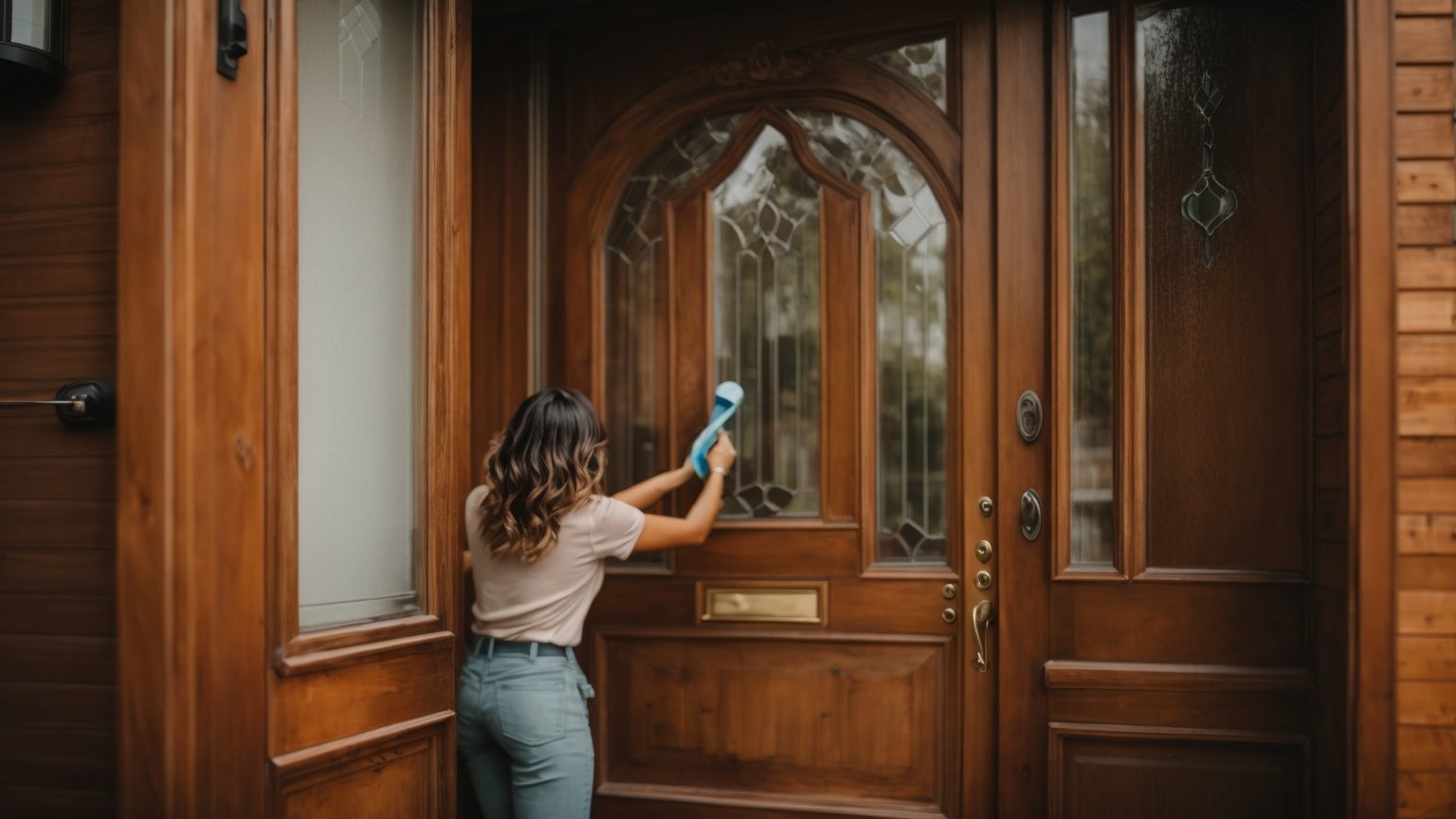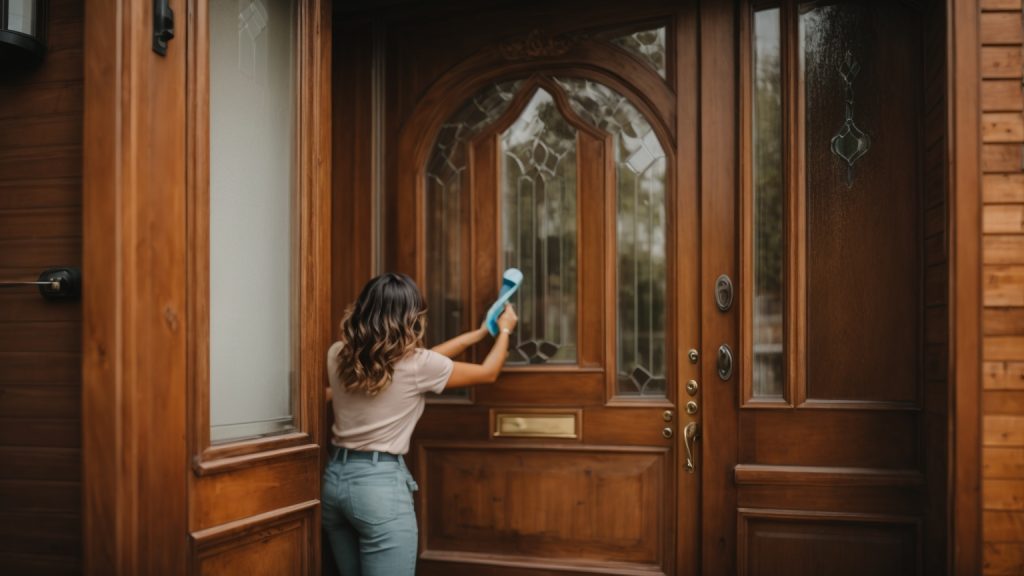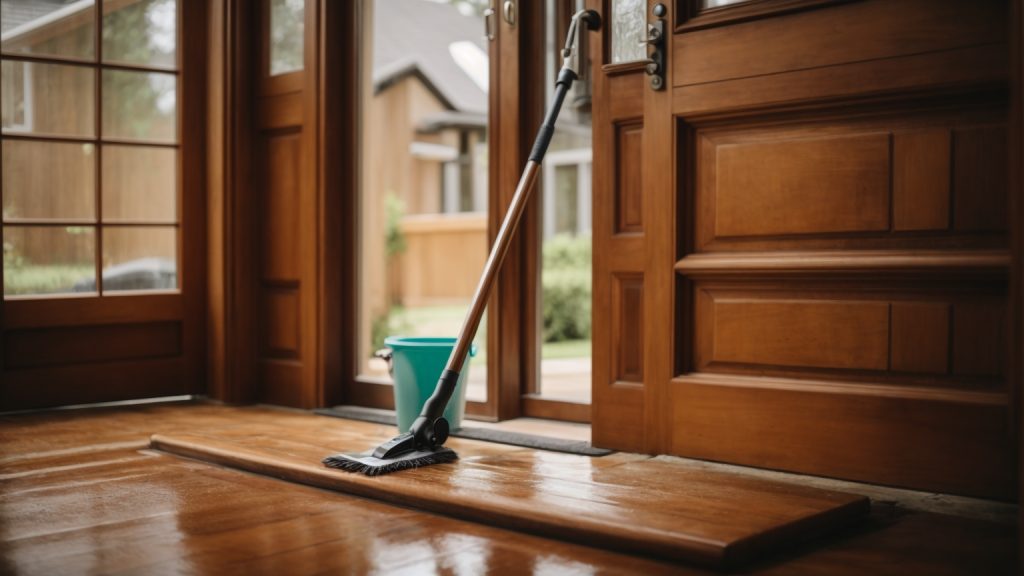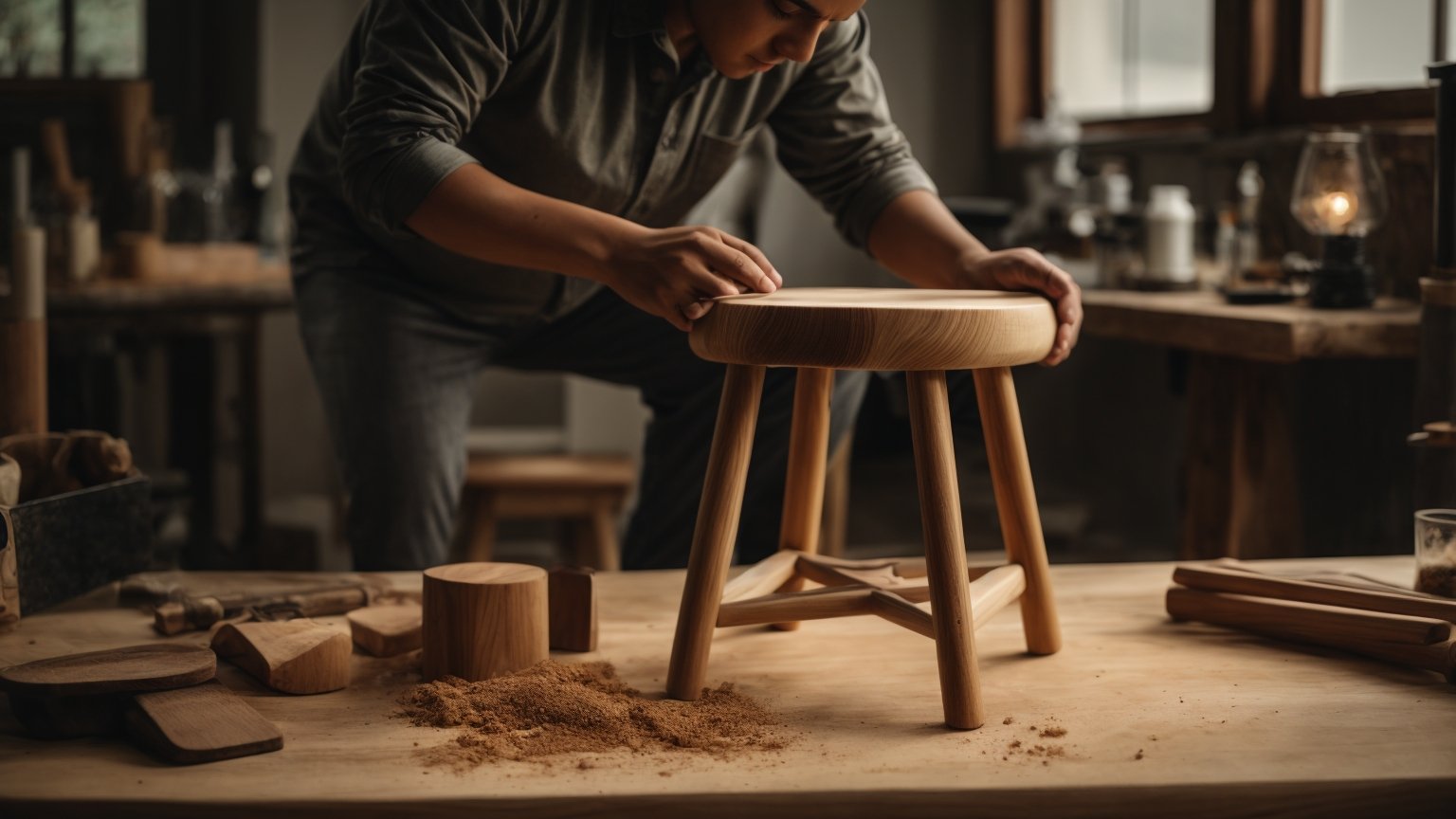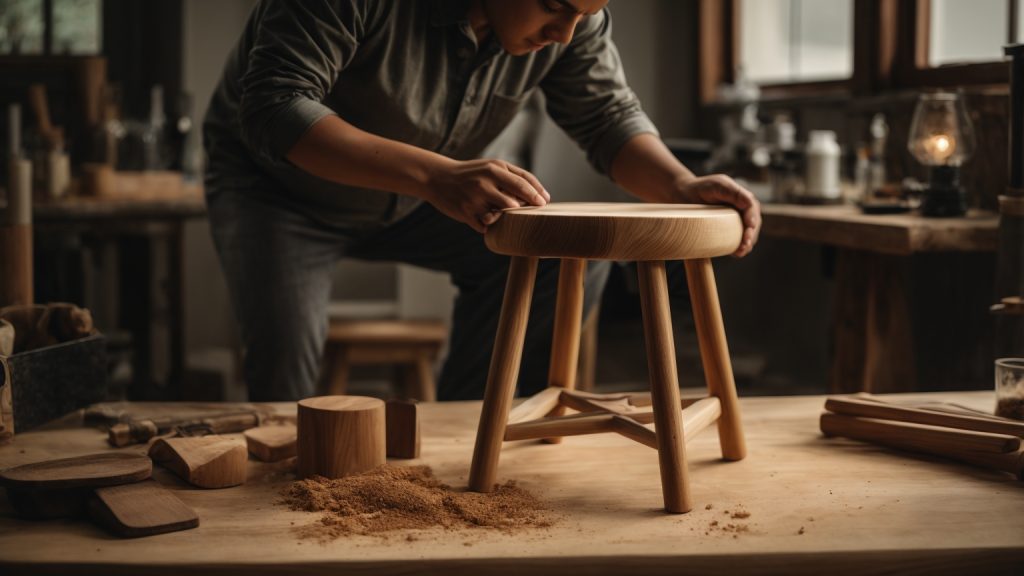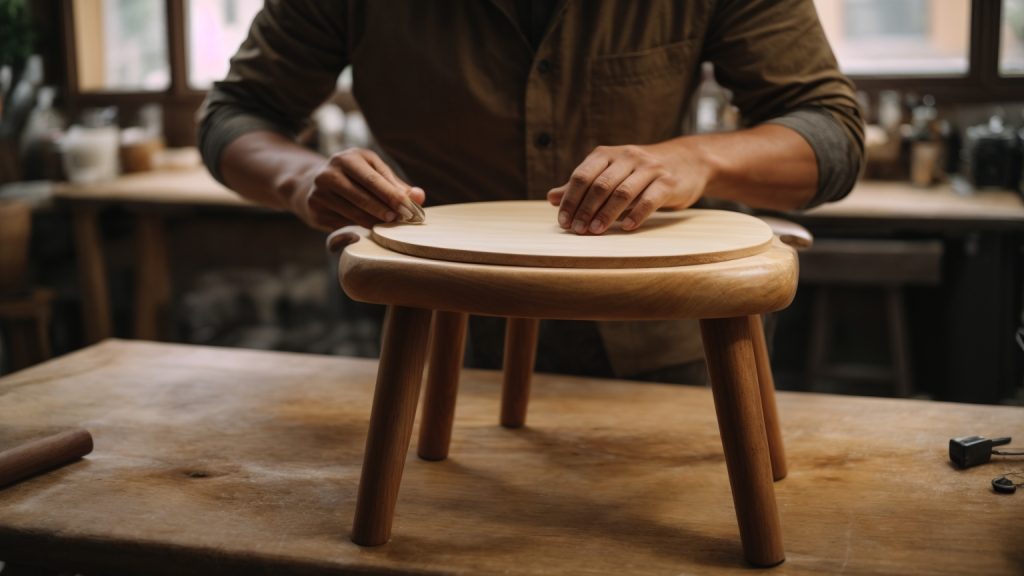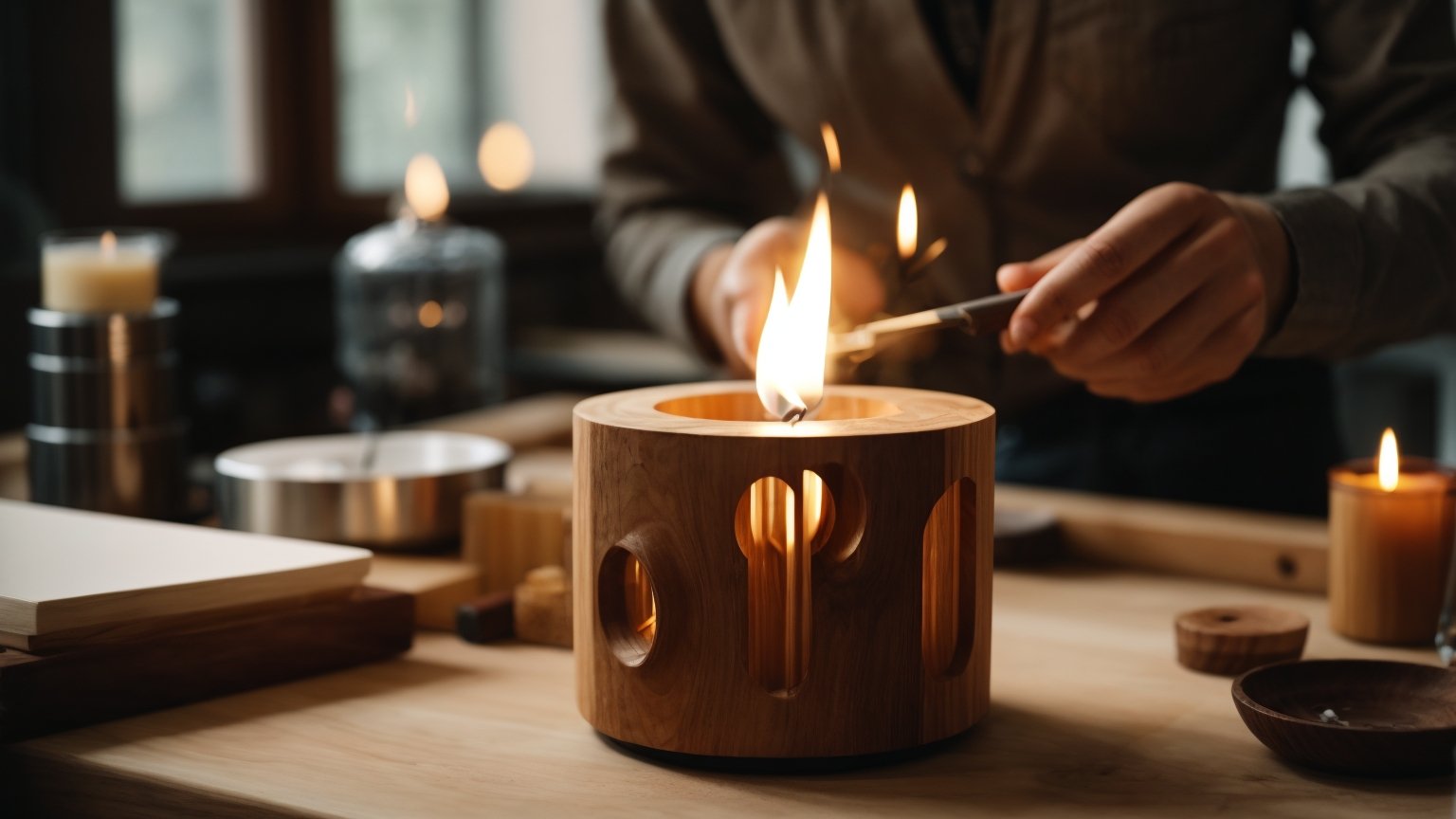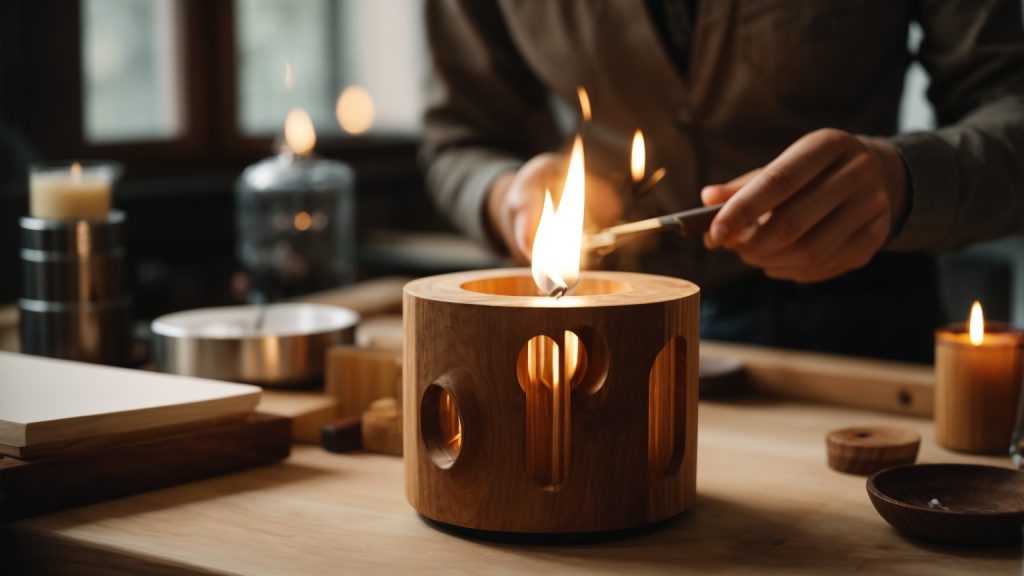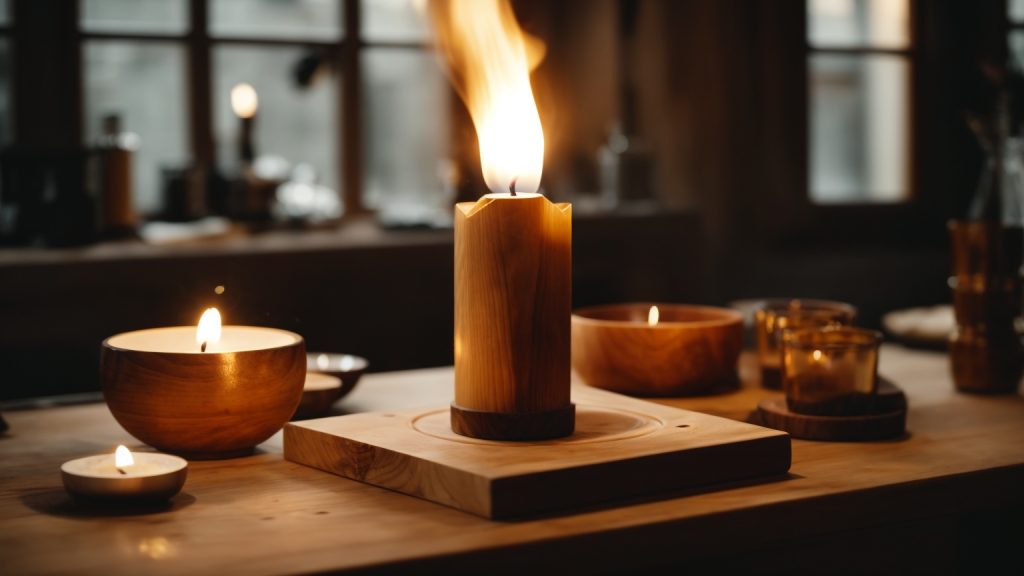If you’re looking to upgrade your front door, you might be wondering how much a wooden door costs. The answer varies depending on several factors, including the type of wood, the size of the door, and whether it’s pre-hung or not. In this article, we’ll explore the different factors that affect the cost of a wooden door and give you a general idea of what you can expect to pay.
One of the most significant factors that affect the cost of a wooden door is the type of wood used. Different woods have different properties and characteristics that affect their durability, appearance, and price. For example, a solid oak door will generally cost more than a pine door because oak is a denser and more durable wood. Other popular wood options for front doors include mahogany, cherry, and walnut, each with its unique look and price point. Additionally, the grade of the wood can also affect the cost. Higher-grade wood will generally be more expensive than lower-grade wood.
Another factor that affects the cost of a wooden door is whether it’s pre-hung or not. A pre-hung door comes already attached to its frame, making installation easier and quicker. However, pre-hung doors are generally more expensive than slabs, which are just the door itself without a frame. If you’re handy and have some DIY skills, you might be able to save some money by purchasing a slab and installing it yourself. However, keep in mind that installing a door can be a challenging and time-consuming task, so it might be worth it to pay extra for a pre-hung door.
Understanding Wooden Doors
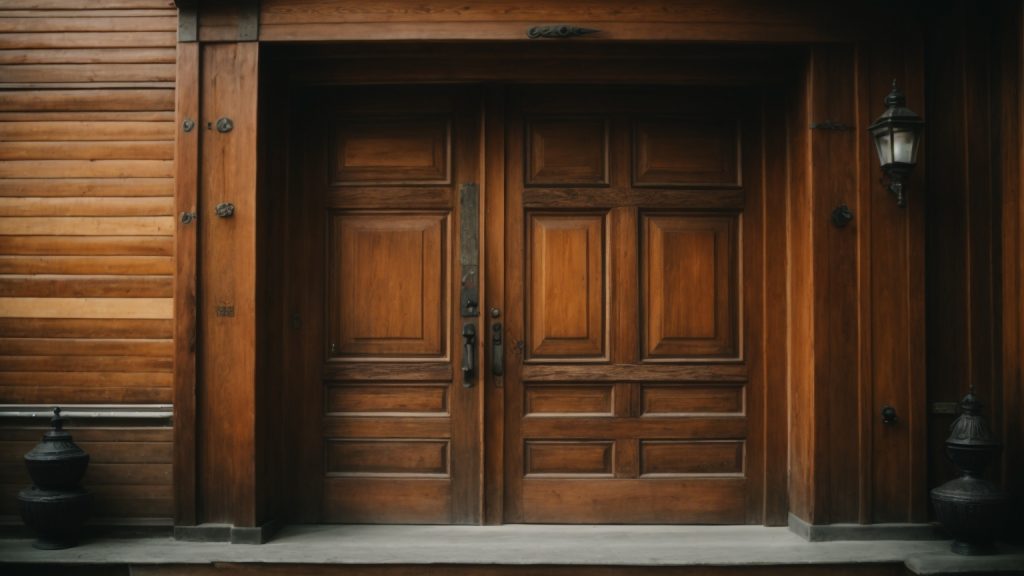
When it comes to choosing a new door for your home, wooden doors are a popular option due to their classic and timeless look. However, before making a purchase, it’s important to understand the different types of wooden doors available and the benefits they offer.
Types of Wooden Doors
There are several types of wooden doors to choose from, each with their own unique characteristics and price points. Some common types include:
- Solid Wood Doors: These doors are made entirely out of natural wood and are known for their durability and beauty. They can be expensive, but they offer a classic look that can last for years with proper maintenance.
- Solid Core Doors: These doors have a solid wood core with a veneer on top. They are more affordable than solid wood doors but still offer a similar look and feel.
- Hollow Core Doors: These doors have a honeycomb-like structure inside and are the most affordable option. They are lightweight and easy to install, but they don’t offer the same level of durability as solid wood or solid core doors.
Benefits of Wooden Doors
Wooden doors offer several benefits that make them a popular choice for homeowners. Some of these benefits include:
- Aesthetic Appeal: Wooden doors offer a classic and timeless look that can enhance the curb appeal of your home.
- Energy Efficiency: Wooden doors can provide insulation and help keep your home warm in the winter and cool in the summer.
- Durability: Solid wood and solid core doors are known for their durability and can last for years with proper maintenance.
- Customization: Wooden doors can be customized to fit your specific needs and preferences, including size, shape, and style.
When considering a wooden door for your home, it’s important to weigh the cost and benefits of each type and choose one that fits your budget and needs. With proper care and maintenance, a wooden door can add beauty and value to your home for years to come.
Cost Factors for Wooden Doors
When it comes to buying a wooden door, there are several factors that can affect the price. Here are some of the main cost factors to consider:
Material
The type of wood used to make the door can have a big impact on the price. For example, a solid oak door will generally be more expensive than a pine door. Other factors that can affect the price include the thickness of the wood and whether it is a solid piece or made up of several pieces glued together.
Size
The size of the door is another important factor to consider. Larger doors will generally be more expensive than smaller ones, as they require more materials and labor to manufacture. Standard wooden doors usually measure 6’8″ in height by 3’0″ in width, but custom sizes are also available.
Design
The design of the door can also affect the price. Simple, plain doors will generally be less expensive than doors with intricate designs or carvings. Glass panels and other decorative features can also add to the cost.
Finish
The finish of the door can also impact the price. A basic, unfinished door will be less expensive than a door that has been stained or painted. However, finishing the door can also help to protect it from the elements and extend its lifespan.
Overall, the cost of a wooden door can vary widely depending on these and other factors. It’s important to consider your budget and needs when choosing a door, and to shop around to find the best deal.
Price Range of Wooden Doors
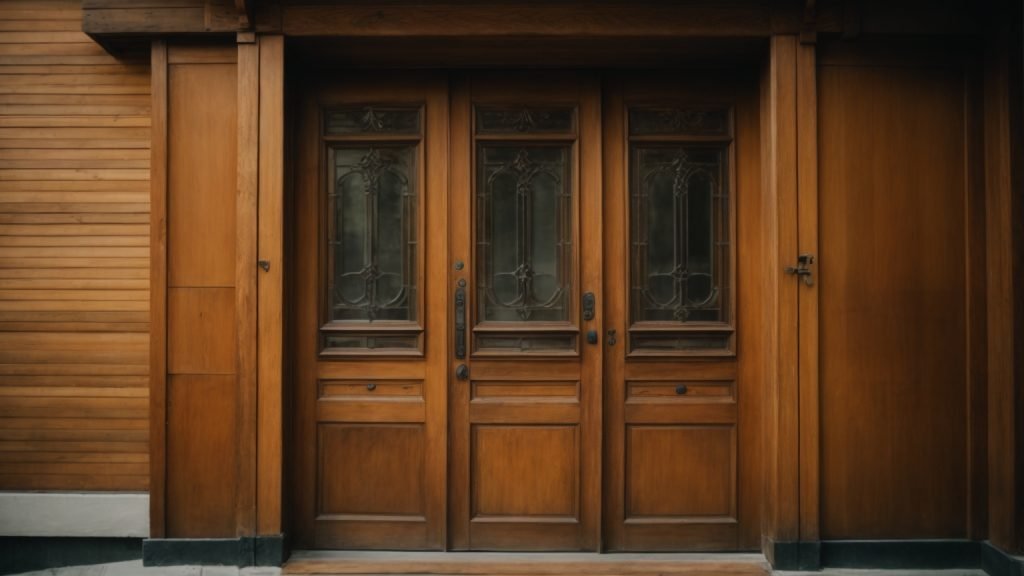
Wooden doors are a classic and timeless addition to any home. They are available in a variety of styles, sizes, and finishes, making them a versatile option for any budget. The price of a wooden door can vary based on several factors, including the type of wood, the size of the door, and the level of customization.
Basic Wooden Doors
Basic wooden doors are the most affordable option and are typically made from softwoods such as pine or fir. These doors are simple in design and may not have any added features such as glass panels or decorative carvings. Basic wooden doors typically range in price from $150 to $500.
Mid-Range Wooden Doors
Mid-range wooden doors are a step up from basic doors and are often made from hardwoods such as oak or maple. These doors may have added features such as glass panels or decorative carvings. Mid-range wooden doors typically range in price from $500 to $1,500.
High-End Wooden Doors
High-end wooden doors are the most expensive option and are often made from exotic hardwoods such as mahogany or teak. These doors may have intricate designs, custom carvings, or beveled glass panels. High-end wooden doors typically range in price from $1,500 to $5,000 or more.
It is important to note that the price of a wooden door does not always reflect its quality. A well-made basic wooden door can be just as durable and long-lasting as a high-end door. When choosing a wooden door, consider your budget and the style of your home to find the best option for you.
Additional Costs
When budgeting for a wooden door, it’s important to consider additional costs beyond just the cost of the door itself. Here are some factors that can impact the overall cost of your wooden door installation:
Installation Costs
Unless you’re a skilled carpenter, you’ll likely need to hire a professional to install your wooden door. The cost of installation can vary depending on the complexity of the installation, the location of your home, and the experience level of the installer. On average, you can expect to pay between $100 and $800 for installation.
Hardware Costs
In addition to the door itself, you’ll also need to purchase hardware such as hinges, doorknobs, and locks. The cost of hardware can vary widely depending on the quality and style you choose. Basic hardware can cost as little as $20, while high-end hardware can cost several hundred dollars.
Finishing Costs
Most wooden doors require some form of finishing to protect them from the elements and to enhance their appearance. This can include staining, painting, or sealing the door. The cost of finishing can vary depending on the size of the door, the type of finish you choose, and whether you hire a professional to do the work. On average, you can expect to pay between $100 and $300 for finishing.
Additional Features
Depending on your needs and preferences, you may want to add additional features to your wooden door such as a window, a peephole, or a pet door. These features can add to the overall cost of your door, so it’s important to factor them into your budget.
By considering these additional costs, you can get a better idea of the total cost of your wooden door installation and ensure that you’re prepared to budget accordingly.
Where to Buy Wooden Doors
If you are looking to buy a wooden door, there are several options available. Here are some places where you can find wooden doors:
Home Improvement Stores
Home improvement stores like Home Depot and Lowe’s offer a variety of wooden doors. They have a range of styles and sizes to choose from, and you can find doors made from different types of wood. You can also find pre-hung doors, which come with the frame and hinges already attached, making installation easier.
Online Retailers
There are several online retailers that specialize in wooden doors. They offer a wider selection of doors than most physical stores, and you can browse their collections from the comfort of your own home. Some popular online retailers for wooden doors include Doors4Home, ETO Doors, and Uber Doors.
Custom Door Manufacturers
If you are looking for a specific size or style of wooden door, you may want to consider a custom door manufacturer. They can create a door to your exact specifications, and you can choose the type of wood, finish, and hardware you want. Custom doors are more expensive than pre-made doors, but they offer a unique look and can be a great investment.
When buying a wooden door, it is important to consider the quality of the wood, the finish, and the hardware. Look for doors made from solid wood, as they are more durable than doors made from composite materials. Check the finish to make sure it is smooth and even, and look for hardware that is sturdy and secure. With these factors in mind, you can find a wooden door that fits your style and budget.
Tips for Buying Wooden Doors
When it comes to buying a wooden door, there are a few things you should keep in mind to ensure you get the best value for your money. Here are some tips to help you make an informed decision:
1. Consider the type of wood
Different types of wood have different characteristics, such as durability, grain pattern, and color. Some popular types of wood for doors include oak, mahogany, cherry, and maple. Consider the look you want to achieve and the level of maintenance you’re willing to undertake before choosing a type of wood.
2. Choose the right size
Before you start shopping for a wooden door, measure the height, width, and thickness of your door frame. This will help you choose a door that fits properly and looks great. Keep in mind that a custom-sized door may be more expensive than a standard-sized door.
3. Look for quality construction
A well-constructed wooden door should be solid and sturdy, with no visible defects or cracks. Check the joints and corners for signs of weakness or separation. The door should also have a smooth finish with no rough spots or splinters.
4. Consider the style
Wooden doors come in a variety of styles, from traditional to contemporary. Consider the style of your home and choose a door that complements it. You may also want to consider adding decorative glass or hardware to enhance the look of your door.
5. Compare prices
Wooden doors can vary in price depending on the type of wood, size, and style. Compare prices from different retailers to ensure you get the best deal. Keep in mind that a higher price doesn’t always mean better quality, so be sure to check the construction and materials before making a purchase.
By following these tips, you can find a wooden door that fits your budget and meets your needs.
